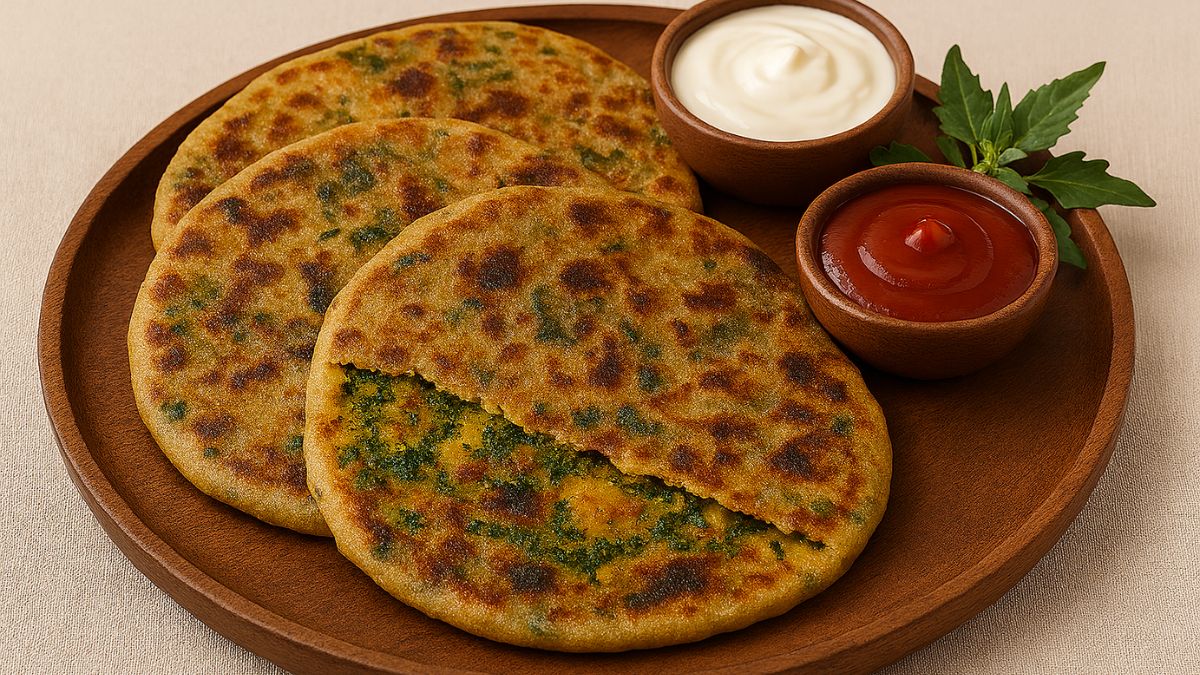Ever wondered why your grandmother insists on adding turmeric to milk before bedtime, or why your mother lights a clove during puja? These are not just daily habits; they are rituals steeped in centuries of tradition, belief, and science. In Indian households, spices are more than just ingredients. From the fiery red of chillies to the golden glow of turmeric, each spice has a role that goes beyond taste. Whether sprinkled into prasad, stirred into chai, or passed down in heirloom masala dabbas, spices play a sacred role in rituals both grand and everyday. Here is how they infuse meaning into Indian traditions.
Also Read: Love Spices? These Common Combinations Could Be Doing You More Harm Than Good
A Cultural History Of Indian Spices:
In India, spices have always been sacred, symbolic and deeply woven into the country's spiritual and cultural heritage. Ancient scriptures, folk rituals and everyday practices all reflect the reverence Indians hold for these aromatic ingredients.
1. Turmeric In The Atharva Veda:
Referred to as Haridra, or "the golden one," turmeric was used in Vedic fire rituals to ward off disease and evil. It symbolised purity, protection and healing.
2. Black Pepper In Charaka Samhita:
This foundational Ayurvedic text praises black pepper for its digestive power and ability to awaken the senses-making it essential in both medicinal and spiritual contexts.
3. Maharashtrian Folk Rituals:
Turmeric paste is applied to doorways during festivals and auspicious occasions to invite prosperity and safeguard the home from negative energy.
Also Read: Why Spices Turn Bitter When Fried And How To Prevent It

Photo Credit: Unsplash
Here's How Kitchen Spices Add Meaning To Indian Rituals:
1. The Masala Dabba: A Culinary Heirloom
Every Indian kitchen has a masala dabba filled with turmeric, cumin, mustard seeds and more. But this round steel container is not just a spice organiser. It is a legacy.
Often handed down through generations, the dabba holds not just ingredients but stories of grandmother's tadka, mother's chai and the rituals that unfold around food. Interestingly, the combination of spices in the dabba differs with every household, reflecting regional preferences and personal traditions.
2. Puja Essentials: Spices That Sanctify
During religious ceremonies, spices are used as symbols of healing and purification. Two of the most common spices include:
- Clove (Laung): Burnt in havans to purify the air, clove represents strength and protection.
- Cardamom (Elaichi): Known for its sweet scent and calming effect, cardamom is often added to prasad to invoke love and abundance.
According to wellness experts, the scent of these spices activates the senses, creating a meditative environment that deepens spiritual connection.
Also Read: 7 Everyday Indian Spices You Should Keep In Your Pantry
3. Ayurveda Meets Ritual: Healing Through Spice
Indian rituals are deeply intertwined with Ayurveda, where spices are used to balance doshas and elevate consciousness. Ayurvedic experts suggest that combining spices like hing and cumin in cooking can enhance both gut health and mental clarity.
- Fennel (Saunf): Cooling and calming, fennel is often chewed after meals or brewed into tea during meditation.
- Black Pepper (Kali Mirch): A fiery catalyst for digestion and spiritual awakening.
- Asafoetida (Hing): Used in temple food for its digestive and energy-cleansing properties.
4. Everyday Rituals: Where Kitchen Becomes Temple
Not all rituals happen in temples. Many unfold quietly in kitchens, through food that nourishes both body and soul. For instance:
- Masala Chai: Ginger adds warmth, cardamom soothes and clove energises from within, turning chai into a daily ritual of wellbeing.
- Dal Tadka With Hing: A pinch of hing in this comforting dish adds a dose of nutrition and spiritual cleansing.
- Turmeric Milk: An age-old bedtime ritual that promotes sleep, immunity and emotional grounding.
5. Regional Spice Rituals: Culture On A Plate
Across India, spice rituals reflect local beliefs and ancestral wisdom. The use of different spices in different regions shows how they double up as cultural markers.
- Tamil Nadu: Dried red chillies are hung at entrances to ward off evil.
- West Bengal: Bay leaves are used in offerings to Goddess Durga.
- Kashmir: Saffron is sprinkled in milk during religious ceremonies.
- Gujarat: Ajwain is used in postnatal care rituals.
- Punjab: Roasted cumin is added to holy water during havans.
6. Modern Rituals: Wellness In A Cup
As lifestyles evolve, so do rituals. Spices are finding new roles in self-care and wellness.
- Turmeric Lattes: A global twist on haldi doodh, now a cafe favourite across the world.
- Spiced Detox Teas: Popular for aiding weight loss, blood sugar management, gut cleansing and boosting overall energy.
- Clove Oil Diffusers: This natural therapy is replacing incense in modern homes, offering both aroma and antibacterial benefits.
Also Read: 6 Tips To Keep In Mind Before You Buy Spices For The First Time

Photo Credit: Pexels
Why Spices In India Matter?
In Indian culture, food does more than nourish. And spices are the soul of this experience. They turn meals into memories, kitchens into temples and routines into rituals. So, the next time you open that masala dabba, know that you are part of something meaningful.
About Somdatta SahaExplorer- this is what Somdatta likes to call herself. Be it in terms of food, people or places, all she craves for is to know the unknown. A simple aglio olio pasta or daal-chawal and a good movie can make her day.







